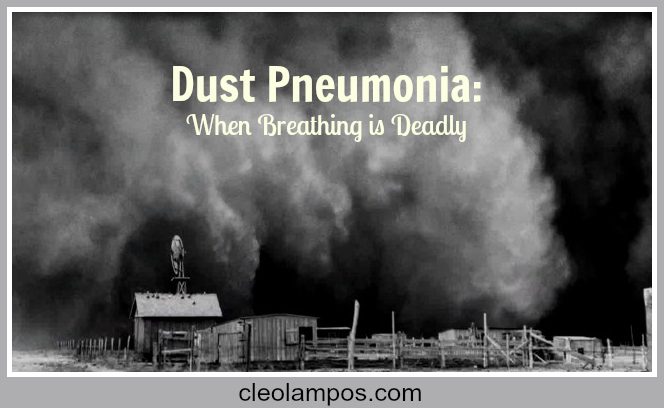 Dust Pneumonia
Dust Pneumonia
Dust pneumonia. A respiratory illness that slithered like a snake across the Texas Panhandle, Oklahoma, and Colorado during the 1930’s. The continual coughing jag, high fever, nausea, chest pains and shortness of breath signaled the dreaded condition. Old people succumbed. Those afflicted with bronchitis, asthma or tuberculosis breathed in the dust to their detriment. But dust pneumonia attacked the infants and young children without mercy. At least 500 persons suffocated on the fine dust in the Dust Bowl.
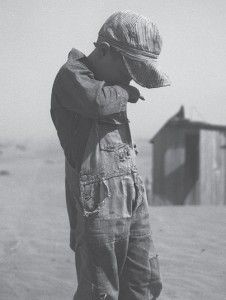
A Permeating Dust
Dust everywhere. The tiniest particles floated in the air, making every breath closer to clogging the lungs with “gunk”. Many coughed up mud, trying to clear their passages from the ever present dirt. The mucous membranes were irritated in much the same manner as miners who had worked underground all their lives. The animals and livestock died from lungs packed with the dirt. There seemed no escape from the deadly menace.
No Escape
There was no way to keep the dirt out of a house, even with towels covering window openings. Caroline Henderson described her home. “Dust to eat and dust to breathe and dust to drink. Dust in the beds and in the flour bin, on dishes and walls and windows, in hair and eyes and ears and teeth and throats, to say nothing of the heaped-up accumulation on floors and windowsills. This wind-driven dust, fine as the finest flour, penetrates wherever air can go.”
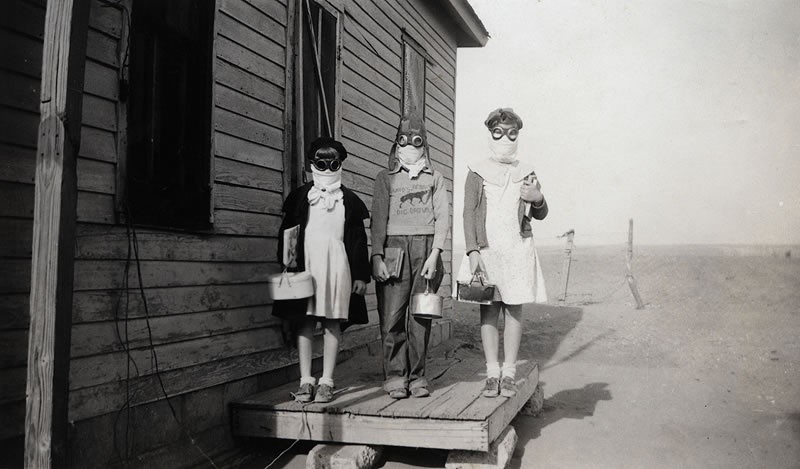
Photo by WPA and Red Cross
Masks in School
The Red Cross distributed over 10,000 masks for families to wear. The students in one room school houses sat in their desks breathing through masks that filtered the dusty air. Pauline Arnett Hodges remembers, “It was scary to me as a child, but it was better than choking.” The Red Cross declared a medical emergency around the epicenter of the Dust Bowl. Makeshift hospital wards were opened in churches and high school auditoriums. A doctor in Oklahoma treated 56 patients, including a farmhand. He looked down the 17 year old’s throat and declared, “Young man, you are filled with dirt.” The teen died three days later. Parents packed up their children and begged relatives in neighboring states to care for these little ones. Moving to less dusty air saved the lives of many youngsters.
“Do the thing that you think you cannot do”
Eleanor Roosevelt, wife of President Roosevelt, expressed great compassion for the women of the Dust Bowl and Great Depression. She acknowledged their suffering and their fear. “You gain strength, courage and confidence by every experience in which you really stop to look fear in the face. You are able to say to yourself, ‘I have lived through this horror. I can take the next thing that comes along. You must do the thing that you think you cannot do.”

Photo by Stock Montage/Getty Images Eleanor Roosevelt
Like many of us, Eleanor Roosevelt stood by the casket of a baby or young child and grieved with the parents at this unimaginable loss. Like us, her tears ran unchecked and watered the dirt at her feet. But this wife of the president meant her words not just for those who had lost their child. She spoke to the parents who comforted their youngsters in the darkness of the Black Blizzards, and nursed them back to health when dust pneumonia threatened to take them. To the people of the Dust Bowl: “You must do the thing that you think you cannot do.”
During the 1930’s, one of the songs played at funerals was “Whispering Hope.” Septimus Winner based this hymn on Hebrews 6:19. “Which hope we have as an anchor of the soul, both sure and steadfast, and which entereth into that within the veil.
This song has comforting words: “Wait till the darkness is over,’Wait till the tempest is done, Hope for the sunshine tomorrow, After the shower is gone. Whispering hope.”
Quotes in this article come from the book, The Dust Bowl, by Dayton Duncan and Ken Burns.
In the novel, Dust Between the Stitches, one of the characters suffers from dust pneumonia. The response to this child’s condition is heartwarming and taken from accounts written in that era.





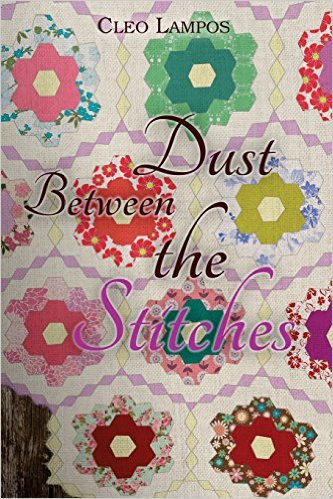
.jpg)

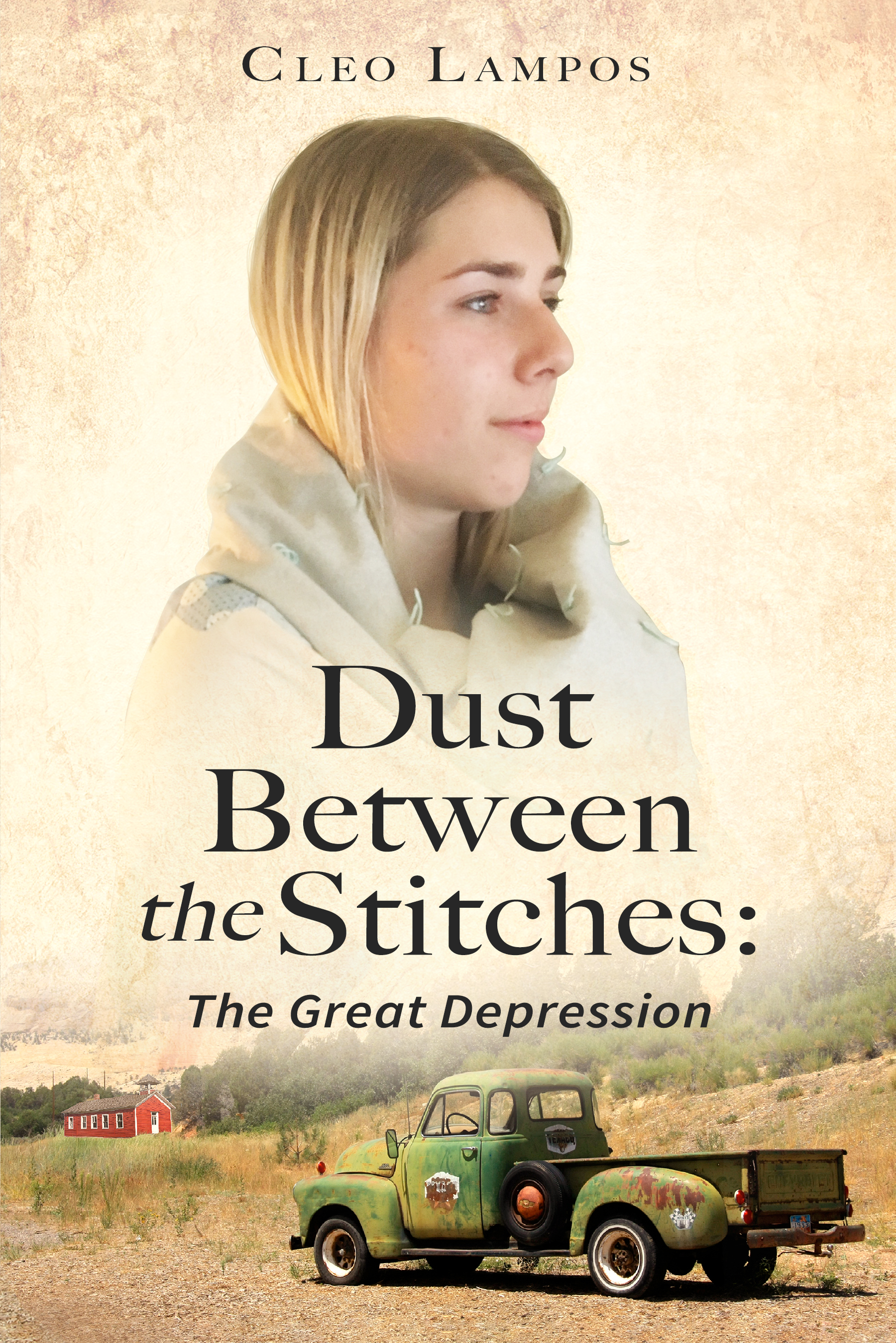






My mother used to talk about the dust getting in… through every little, tiny crack it could find. She said it sanded the paint off of the cars and you could see it coming from miles away. The Great Depression made things worse for people could not get jobs and so their options were very limited when they tried to deal with staying alive, let alone finding an escape.
That is why Eleanor Roosevelt’s quote is so powerful.